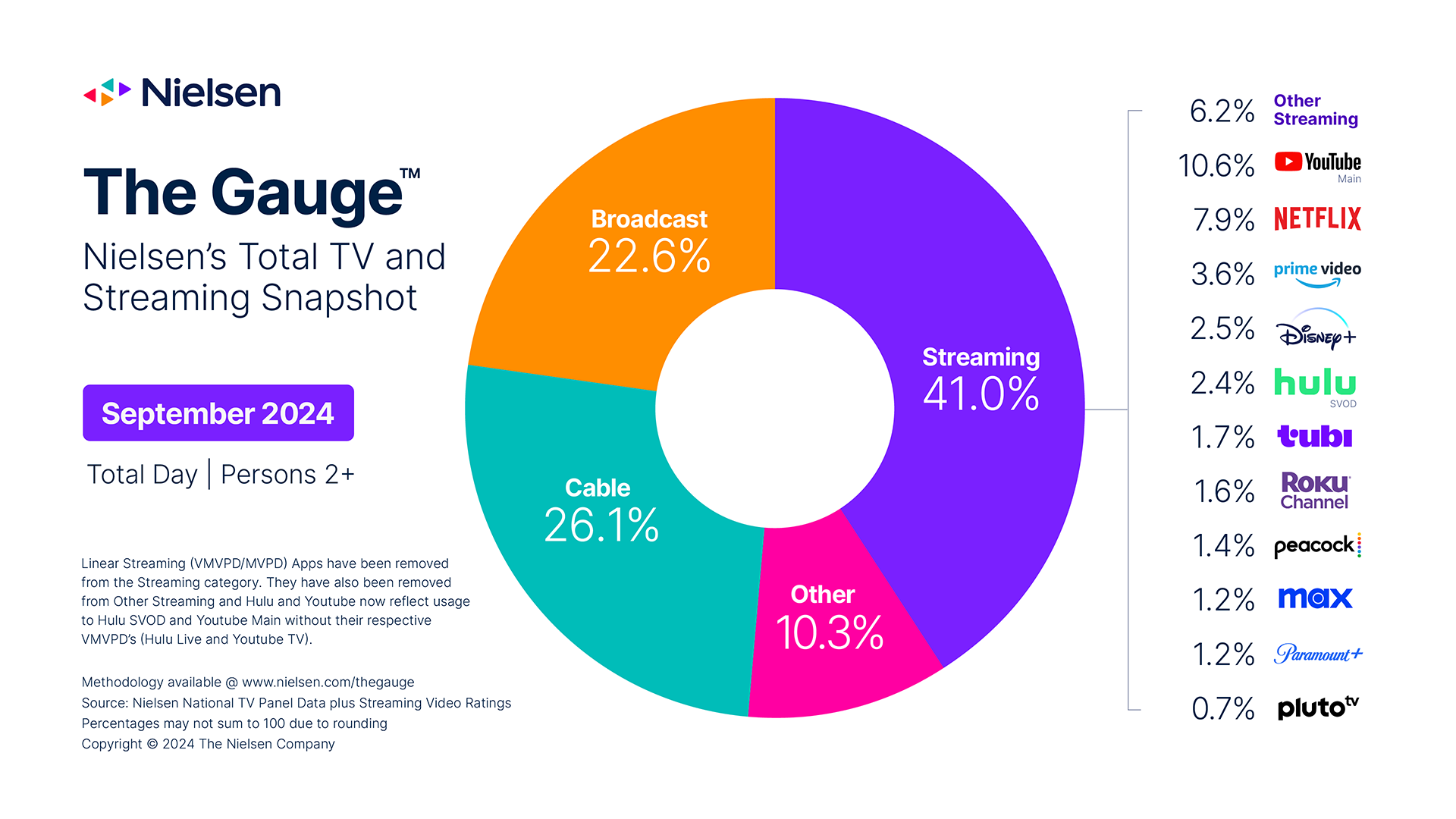In addition, earlier this month YouTube increased the maximum length of YouTube Shorts to three minutes — something that the company called “a top requested feature from creators”.
YouTube combined revenue surpasses $50bn in past 12 months


YouTube’s combined advertising and subscription revenue over the past 12 months surpassed $50bn for the first time, parent company Alphabet revealed in its Q3 earnings report.
During the quarter ended 30 September, YouTube’s ad revenue grew 12.2% year on year to $8.92bn.
Total revenue for Alphabet, meanwhile, rose 15% to $88.27bn. Search, its biggest division, grew revenue by 12% to $49.39bn.
CEO Sundar Pichai called the tech giant’s momentum “extraordinary”, adding that its “commitment to innovation, as well as our long-term focus and investment in AI, are paying off with consumers and partners benefiting from our AI tools”.
By comparison, YouTube’s $50bn total revenue is considerably more than leading streaming service Netflix earned over the same 12-month period (Q4 2023 to Q3 2024) at $37.6bn.
Pichai attributed YouTube’s subscription revenue growth to a combination of increases in YouTube TV, NFL Sunday Ticket and YouTube Music Premium.
Alphabet did not report specific subscription revenue figures for individual services. However, total subscription revenue, which includes subscription services to YouTube products, grew 28% to $10.66bn.

According to Nielsen’s most recent The Gauge report, YouTube remains the top streaming service by viewership in the US, with a 10.6% market share of the TV market.
Media industry analyst Ian Whittaker, discussing Alphabet’s earnings on LinkedIn, noted that Pichai chose to emphasise growth in YouTube’s subscription business rather than its ads business in his internal remarks — a move that “suggests, perhaps, a shift in the focus for YouTube”.
In recent months, YouTube has moved to deliver more tools to creators aimed at developing a more premium video environment.
Last month, the platform announced a forthcoming feature that will allow creators to break up their videos into different episodes and seasons, with the aim of improving navigation, particularly as more consumers view YouTube on TVs.
The feature will display videos in a familiar style to competitor streaming services like Netflix.
In addition, earlier this month YouTube increased the maximum length of YouTube Shorts to three minutes — something that the company called “a top requested feature from creators”.
